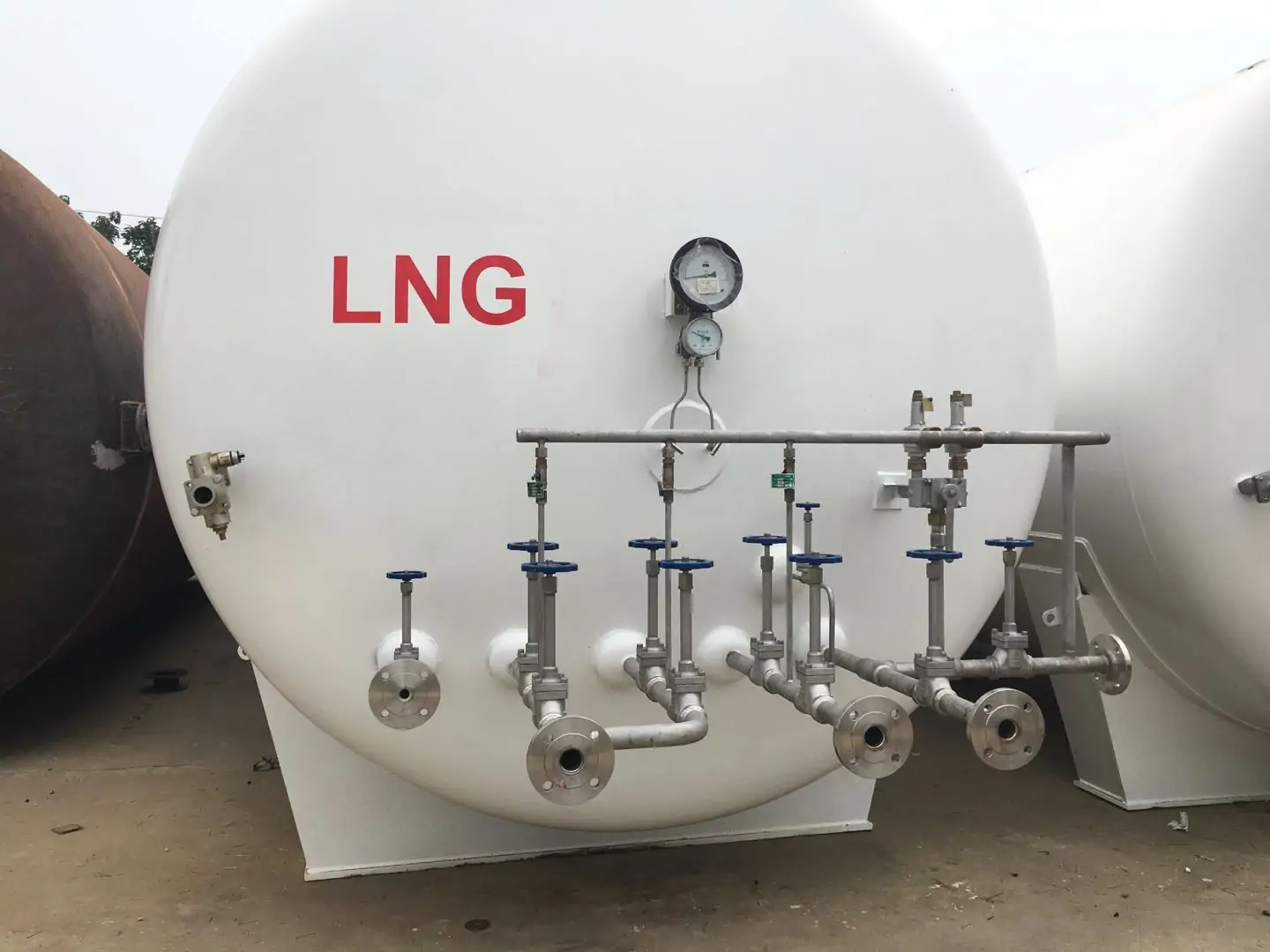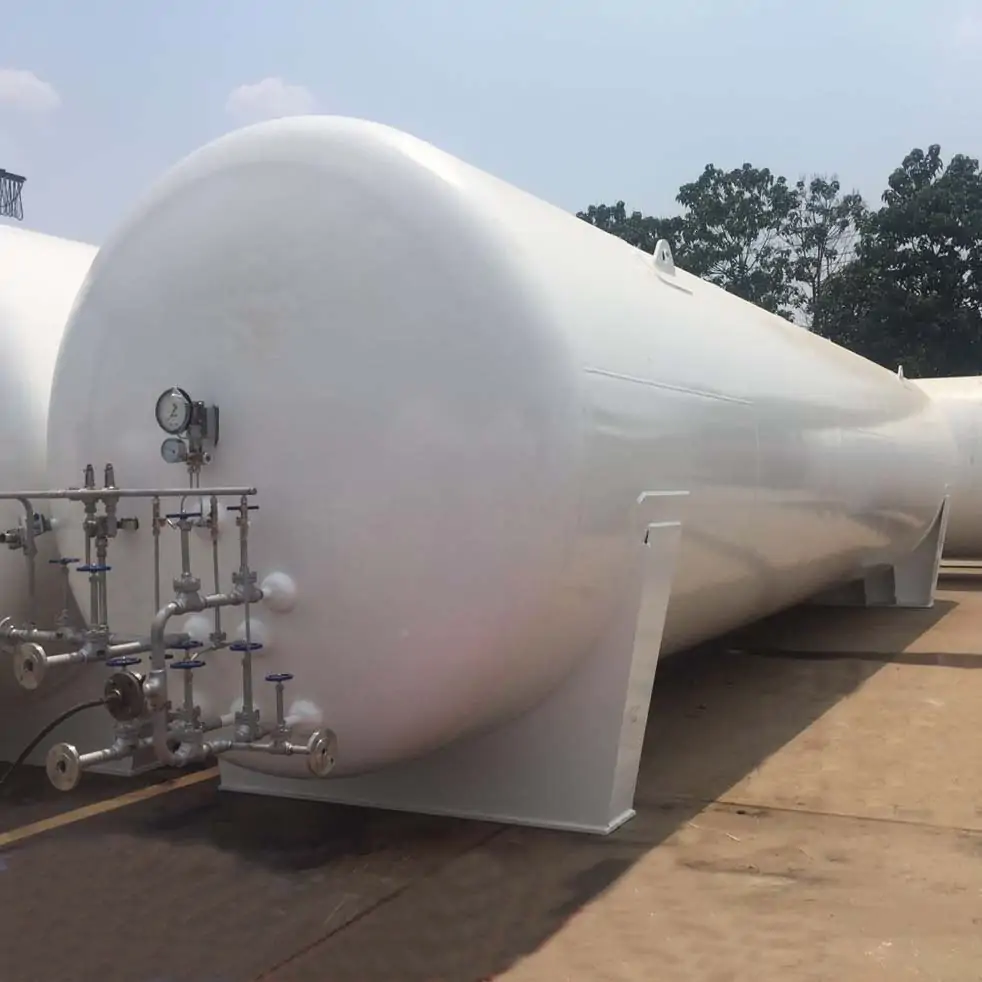Low temperature LNG storage tank valves and their role
Upper liquid inlet: open the upper liquid inlet for the first filling to reduce the internal temperature of the tank.
Lower inlet: open the lower inlet for normal use afterwards
Liquid inlet: connects the upper and lower liquid inlets
Drain port 1: Tank outlet (can be connected to a pipeline cylinder)
Drain port 2: Tank discharge port (standby)
Vacuum port: used to detect the vacuum level of the storage tank (the vacuum level should be lower than 65 Pa if the cryogenic medium is not installed, and lower than 10 Pa if the cryogenic medium is installed as qualified)
Return port: connected to the tanker’s return port, has reached the meteorological balance (circulation) in the storage tank
Full indication: full liquid indication
Level gauge upper port/level gauge lower port: all ports need to be opened for first use
Venting port: allows the natural evaporated gas to escape to the atmosphere through this valve, so that the pressure inside the tank does not rise
Residual liquid port: open when the tank is not suitable for venting and residual liquid emptying the tank
Pressure relief device port: plays a safety role when the tank is not working properly and the pressure is too high (at the top of vertical tanks and at the end of horizontal tanks)
Safety valve: automatic pressure relief when the pressure is high.






































































































































